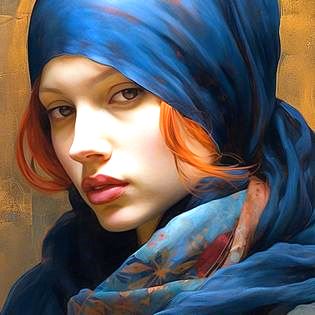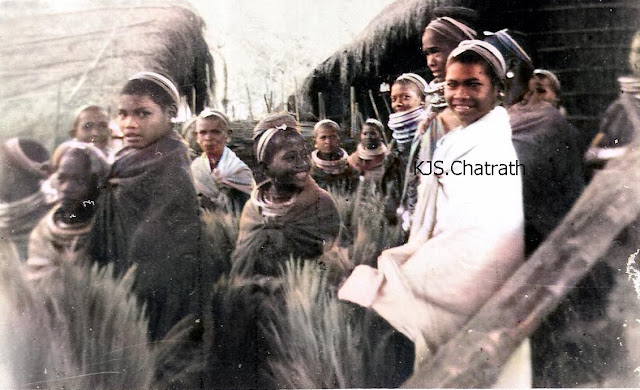'Visiting Chiapa de Corzo in Chiapas, Mexico' - by K J S Chatrath
I visited Chiapa de Corzo in the Chiapas, Mexico when I took a road trip from
Mexico City to Cancun in 2012. The trip was very efficiently organized by
Mextrotter (https://www.mextrotter.com/en/)
Map of the Americas showing the location of Chiapas.
Chiapas map showing the location of Chiapa de Corzo Chiapa de Corzo, a colonial
site of tradition and culture, is one of the most beautiful cities in the State
of Chiapas; located just 15 minutes from the capital city;located in the
Grijlava River valley of the Chiapas highlands Chiapa de Corzo lies some 15 km
(9.3 mi) to the east of the state capital, Tuxtla Gutierrez. Chiapa has been
occupied since at least 1400 BCE, with a major archeological site which reached
its height between 700 BCE and 200 CE. It is important because the earliest
inscribed date, the earliest form of hieroglyphic writing and the earliest
Mesoamerican tomb burial have all been found here. Chiapa is also the site of
the first Spanish city founded in Chiapas in 1528. The "de Corzo" was added to
honor Liberal politician Angel Albino Corzo.
Statue of Diego de Mazariegos. Diego Mazariegos y Porres conquistador conquered
Chiapas in Mexico, and in 1528, together with Andres de la Tovilla, founded San
Christobal de la Casas (as Villa Real de Chiapa de los Españoles) and Chiapa de
Corzo (as Villa Real de Chiapa de los Indios). He was the first Lieutenant
Governor of Chiapas from 1528 to 1529.
An old tree said to have been there from before the time of the arrival of the
Spaniards and setting up of this town. It is a huge La Pochota kapok tree which
is considered sacred.
StoDom Church. The town has an almost uniform maximum temperature of 23 degrees
celsius and the minimum ranges between 7-9 degrees celsius.
A group playing Marimba. Marimba is a percussion instrument consisting of a set
of wooden bars struck with yarn or rubber mallets to produce musical tones.
Resonators or pipes are suspended underneath the bars to amplify their sound.
Young ladies selling Maya clothings in a tianguis. A tianguis is an open-air
market or bazaar that is traditionally held on certain market days in a town or
city- something like an open weekly market in India.
statue at the entry to the town
Diamond Crown or “La Corona”. The town is laid out in Spanish style, centered on
a very large plaza. The main plaza is very impressive. One sees the La Pila
fountain here. It was constructed in 1562 in Mudejar style, made of brick in the
form of a diamond. Mudéjar is fusion of Christian (Romanesque, Gothic,
Renaissance) and Islamic art created in the 12th to 16th centuries by the
Muslims who remained in Christian territory after the gradual Christian
reconquest of the Iberian Peninsula (Spain and Portugal).It is measures two
meters in circumference and is twelve meters high. It has eight arches and a
cylindrical tower which occasionally functioned as a watchtower.
Fountain
Brick memorial board in Spanish. The rough English translation of the text would
be:'The first town that was founded by the conquerors in Chiapas was established
Here by El Rededdor de la Ceiba, Diego de Mazariegos, calling it Villa
Real; that later was called Chiapa de los Indios.'
A high clock tower which was constructed in the 1950’s.
UNESCO Heritage Board
Handicraft worker
Open space. The main square is surrounded by portals, the building of the H.
Municipal Council and the house of Don Ángel Albino Corzo, liberal branch of the
First Constituent Congress.
Chiapas lady vendors selling their handlooms.........
Above see a view of the market building. Some other points of interest in the
city are its neighborhood chapels such as San Jacinto or El Calvario, which
houses a magnificent Renaissance altarpiece carved in wood with the theme of the
Crucifixion; the ruins of the colonial temple of San Sebastián or the
pre-Hispanic ruins of the pre-classical and classical times and the Marimba
Museum. In its rich craftsmanship, the lacquer, wood carving and embroidery
recently designated Intangible Cultural Heritage by UNESCO. Its traditional
drink called ‘Pozol’is worth a try. The Fiesta Grande de Enero (Great January
Feast) takes place from 4 to 23 January every year in Chiapa de Corzo, to honor
local patron saints Our Lord of Esquipulas, Anthony the Great and Saint
Sebastian. This festival is very important for the people of Chiapa de Corzo.
Accompanying the Parachicos or dancing on their own is another type of dancer
called “chuntas”. These are men dressed as women as the word chunta means maid
or servant. These figures represent the “servants” of Doña María. . On the 21 of
January a mock naval battle takes place on the Grijalva River, which consists of
a spectacle using thousands of fireworks. the battle is a recreation of the
Battle of Puerto Arturo which occurred on 21 January 1906. (Write up based on
text sourced from the internet.)




















Excellent write up. So lucid and detailed narration.
ReplyDelete